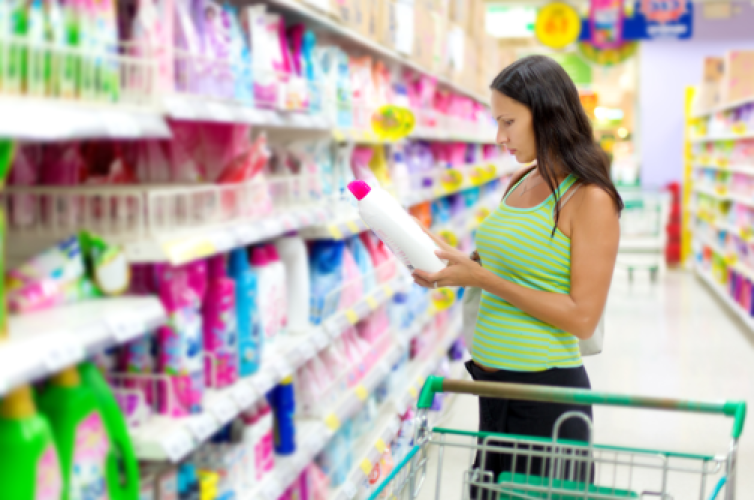
Product Labeling for Importers in USA
Product Labeling is an aspect of importing that many first time importers overlook. I know this first hand due to the number of questions I receive about the topic, and more importantly, my own experience! When I first began my importing career I turned a blind eye to the need to have my company’s products labeled with “Country of Origin” markings. $5000 later, I learned a very costly lesson.
This article is meant to give an introductory overview of different labeling considerations. It is written from the perspective of the United States and will not address every country and every product. However, most countries, especially those in the West, have similar rules and at the very least, this article should give you a good starting point for further research.
In the U.S., there are several different agencies that govern what must be labeled on a product in order for it to be imported into the United States. These agencies include:
- Customs and Border Protection
- Federal Trade Commission
- Food and Drug Administration
- United States Department of Agriculture
- Bureau of Alcohol, Tobacco and Firearms
U.S. Customs and Border Protection demands that almost all products be marked with country of origin along with you or your company’s name and address. Almost all other countries have similar requirements. This label is very simple and appears like so:
Made in China
XYZ Company Inc.
123 Fake Street, Beverly Hills, CA 90210
Do not make the mistake of assuming your manufacturer will put these markings on your products: explicitly request that they do so. They should always be happy to oblige.
Outside of this requirement, product labeling guidelines generally depend on whether the product is regulated by the agencies listed above. The Federal Trade Commission has the most widely encompassing policies and regulates how “consumer commodities” must be labeled, essentially demanding that commodities must clearly show the name of the product and the quantity/measurement, i.e. “Sponges, Quantity: 2”. Essentially, if your product is consumed, things such as sponges, candles, soap, etc., then it falls under these requirements. Refer to the definition of commodities here for more detail.
The other agencies cover items like guns, livestock, medications, and food. If you plan on importing one of these categories of goods, it’s recommended that you consult with a customs broker or lawyer as the requirements are extremely strict and sometimes difficult to understand.
Another helpful way to receive guidance about how to label your product is to look at similar products for sale at local retailers. The information that a major manufacturer lists on their label is usually a good starting point for what to include on yours! While large corporations often have labels designed with many different countries in mind, you will never get burned for including too much information. Incidentally, I’ve had a lot of new importers ask me if bar codes/UPC codes are required for their products presumably on the assumption that because most products have these, they must be required. Bar codes and UPC codes are simply used by retailers to help in identifying goods. They are in no way a customs regulation.
Most countries do not inspect all products entering a country but rather only a random sampling. Ensuring correct product labeling falls fairly low on the hierarchy of issues that customs brokers face so it’s likely that inadequate product labeling will go undetected, at least for some time. If and when you are caught though, the penalties are steep. You will be given the option to have your products labeled correctly in a customs’ bonded warehouse, while paying very, very expensive warehousing costs. Your shipment may also simply be rejected. With risks this high, it’s worth taking the time to label your goods correctly.
Labeling requirements are generally not burdensome and there are no requirements for being aesthetically pleasing. For many of the products that my company imports, the items are simply packed in plain brown boxes with a small white sticker showing the product name, country of origin, and our company information. It adds no packaging cost and fully complies with import regulations. By simply making yourself aware of your product’s labeling requirements before the time of import (and addressing them during production), you will avoid unnecessary problems and ensure a smoother importing experience.
David Bryant runs a blog aimed at helping entrepreneurs import successfully from China at ChineseImporting.com









Leave a Reply